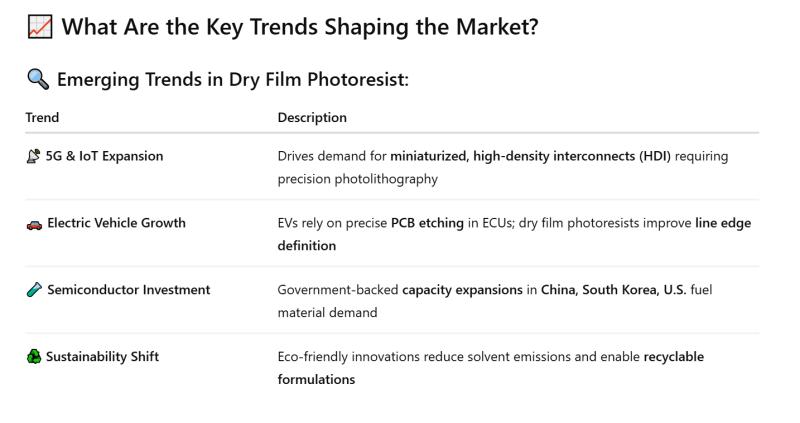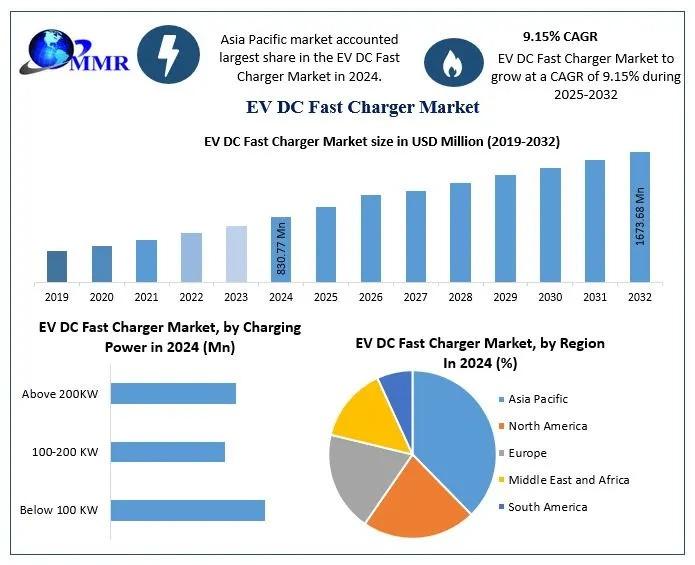Samsung may have fixed one of the biggest problems with foldable phones, and Apple could be ready to benefit.
According to a recent report in Business Korea, Apple has decided to go with Samsung Display as the exclusive supplier for the bendy screen in its forthcoming iPhone foldable, set for the second half of 2026.
That would be a rather unusual move for modern day Apple, which is all about diversifying its component supply when it can’t make the component itself.
Why has Apple gone all-in with Samsung on foldables?
There must be a very good reason why Apple is going all in with Samsung on foldable screens, and the report believes it has the answer.
It seems Samsung has achieved a “technological edge” over LG Display and BOE in minimising the crease that runs down the centre of every foldable device to date.
This display crease is reportedly the major reason Apple has held off moving into the foldable space, making it the last major holdout. Now arguably its biggest competitor in the smartphone space appears to have solved the problem for it, allowing it to proceed.
Not only does Samsung Display supply the vast bulk of AMOLED displays on modern day smartphones, it was also the first manufacturer to commit to the foldables market back in 2019. This means it has amassed six years of experience ironing out the kinks (quite literally) for this key component.
Luke Baker
The iPhone foldable won’t be cheap
While the first foldable iPhone is seemingly go to launch with an all-but-creaseless 7.8-inch internal display, it won’t be cheap. The original report claims that Apple is going to slap a $2,000 price tag onto its new product category.
If that’s a precise figure, then it will be $100 more expensive than Samsung’s own current Galaxy Z Fold 6. Of course, that’s not a wholly fair or helpful comparison to make.
By late 2026, when Apple is said to be launching its foldable, we’ll be ready to welcome the Samsung Galaxy Z Fold 8. We all know the direction prices have been going in of late, so we wouldn’t place bets on Samsung’s range holding to its current price over the next two generations.


